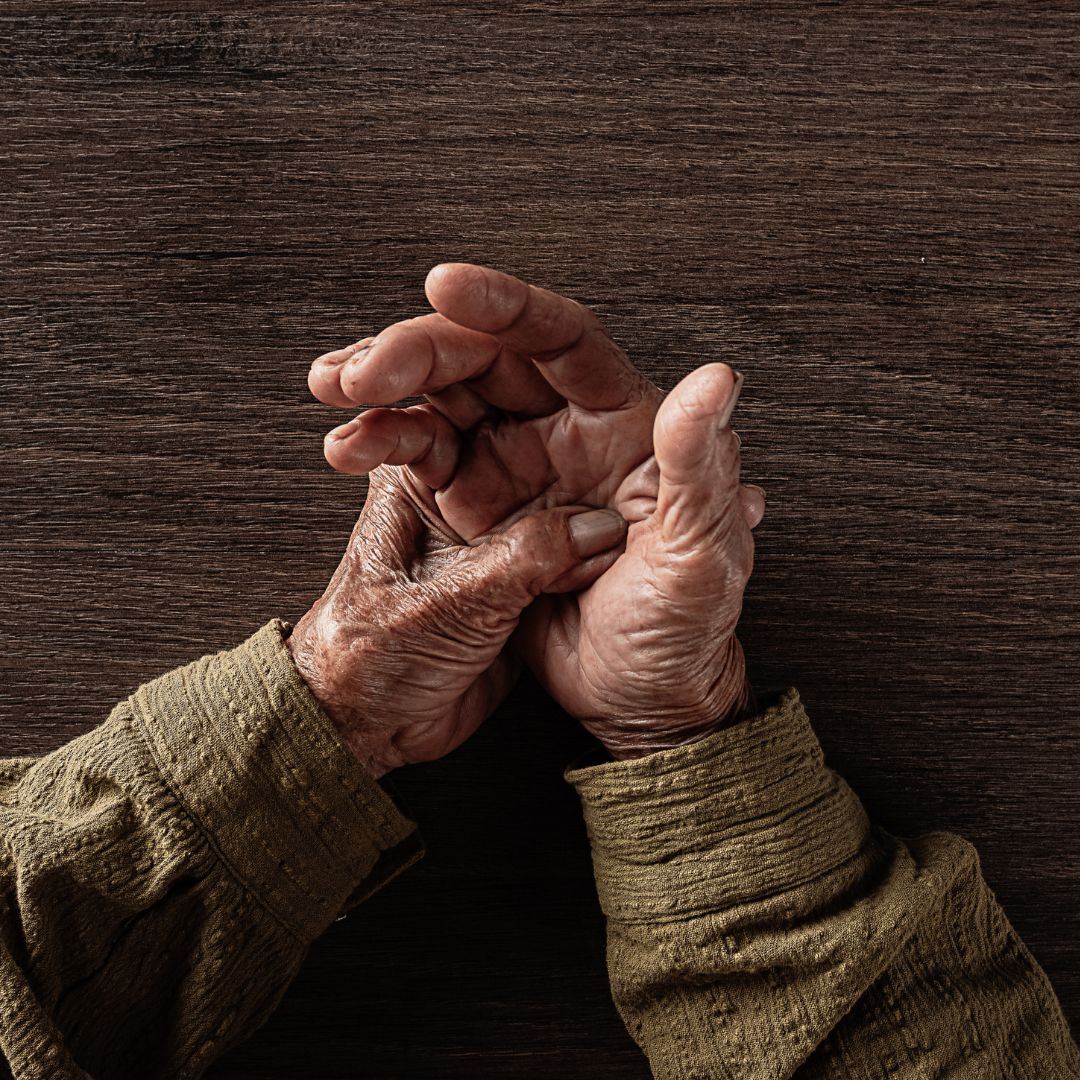Receive Premier Care at One of the top physical therapy destinations in the DMV

Parkinson disease is the second most common degenerative brain disorder affecting adults. (Alzheimer disease is the most common.) . Treatment includes a combination of medication and physical therapy—and in some cases surgery. Physical therapists partner with people with PD and their families to manage their symptoms, maintain their fitness levels, and help them stay as active as possible.
From Our Friends at the APTA
Parkinson disease is the second most common degenerative brain disorder affecting adults. (Alzheimer disease is the most common.) People of all ethnic groups can develop PD, but it occurs less among African American and Asian populations. Parkinson disease was first defined as only a “motor” (movement) disease, but research has shown that it also causes “nonmotor” symptoms (such as lightheadedness when standing up) in other systems of the body. People with PD are at risk of falling and sustaining other injuries due to their movement and balance challenges. Treatment includes a combination of medication and physical therapy—and in some cases surgery. Physical therapists partner with people with PD and their families to manage their symptoms, maintain their fitness levels, and help them stay as active as possible
Parkinson disease is related to a loss of nerve cells in the brain that produce a chemical called dopamine. Dopamine and other brain chemicals are normally in balance and are important for the control of body movements, thought processes, decision making, moods, and other behaviors.
The exact cause of PD is not yet known. Family history, aging, or exposure to certain environmental toxins may contribute to the onset of PD. It is a chronic degenerative disease, which means that it gets worse over time; however, people usually do not die from it.
The severity and symptoms of PD can vary widely. Some people have the disease for 20 to 30 years and experience a slower decline in mobility and thinking over a longer period of time. Others may experience difficulty with physical movements and thought processes within 5 to 10 years, as the disease progresses more rapidly.
Because there is not one definitive test for PD, it can be difficult to diagnose. A diagnosis is usually made based on a person’s medical history and a neurological examination. If your physical therapist suspects that you have symptoms of PD, you may be referred to a neurologist for further examination.
A diagnosis of PD may be made if a person is found to have:
Slowing of motion and
Tremor when resting, or muscle rigidity
A significant improvement in symptoms when taking a medication to treat PD
Initial symptoms on 1 side of the body only
Because PD affects each person differently, your physical therapist will partner with you to manage your specific situation—now and as your condition changes. You are not alone!
Following a diagnosis of PD, your physical therapist will conduct a comprehensive evaluation, including tests to examine your posture, strength, flexibility, walking, endurance, balance, coordination, and attention with movement. Based on your test results, your physical therapist will develop an individualized treatment plan to help you stay as active and as independent as possible. Your program will include exercises and techniques to combat the symptoms of PD.
Depending on the nature and severity of your condition, your treatment program may focus on activities and education to help you:
Improve your fitness level, strength, and flexibility
Develop more effective strategies to get in and out of bed, chairs, and cars
Turn over in bed more easily
Stand and turn to change directions more efficiently
Improve the smoothness and coordination of your walking
Improve your ability to perform hand movements
Decrease your risk of falling
Improve your ability to climb and descend stairs and curbs
Perform more than 1 task at a time more efficiently
Participate in activities that are important to you
Comprehensive Care for Optimal Recovery
Revitalize Your Health! Reach out to Innovative Healthcare Centers Today
2024 Powered by 7ten Digital Marketing